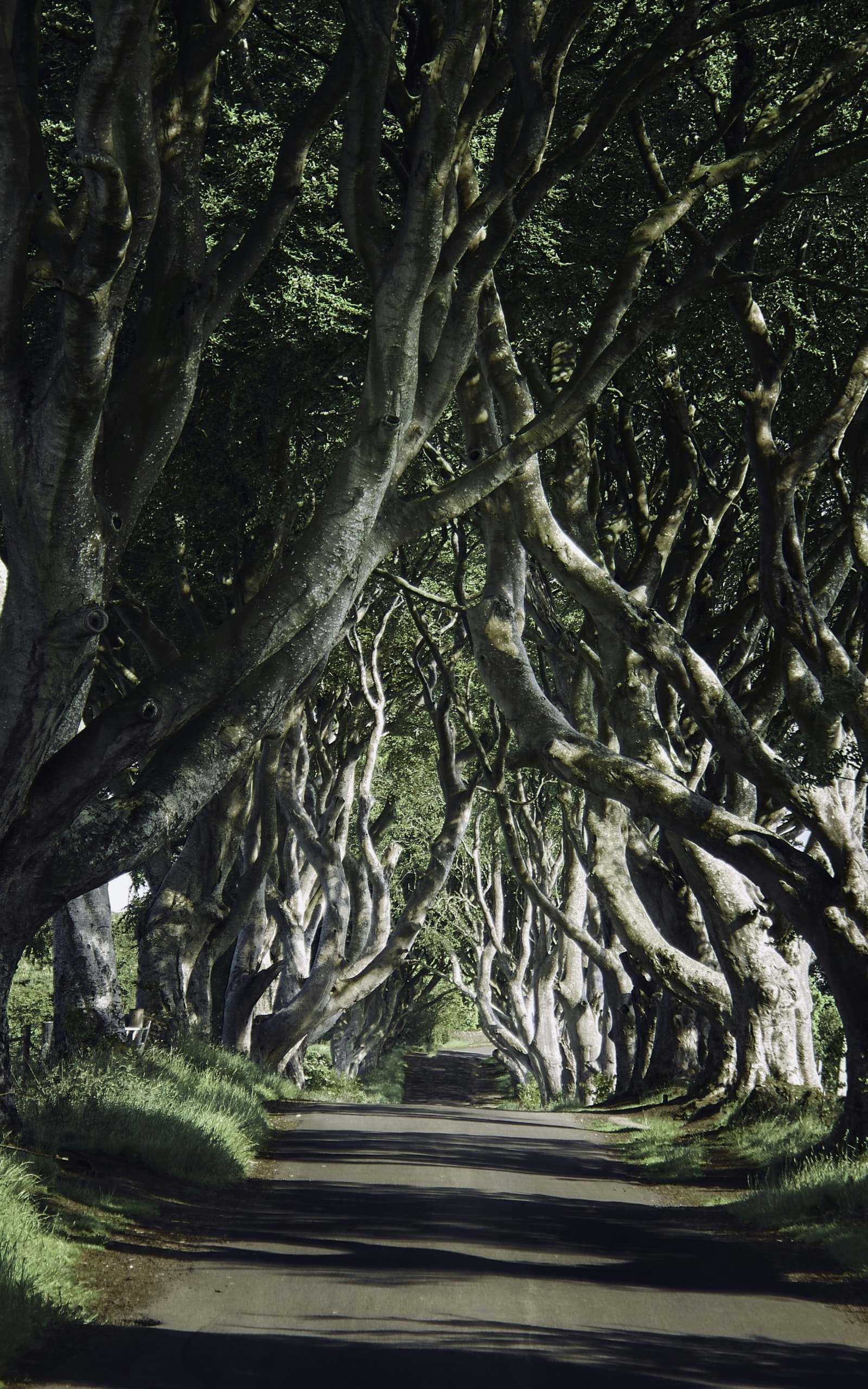Introduction to Modern Television Shows
Television shows have experienced substantial growth and transformation over the years. From the era of black-and-white broadcasts to today’s high-definition content streaming, the world of television has become a versatile entertainment medium. This blog post explores various facets of modern television shows, highlighting their evolution and impact.
The Rise of Streaming Platforms
Streaming platforms have revolutionized the way we consume television shows. Services like Netflix, Hulu, and Amazon Prime Video offer a diverse range of series available at our fingertips. Unlike traditional TV schedules, streaming services provide the flexibility to watch shows anytime and anywhere. This convenience has altered viewer habits, making binge-watching a common practice.
Quality Over Quantity
In recent years, there’s been a shift towards producing high-quality television shows. With significant budgets and top-tier talent, many shows now rival the production values of major Hollywood films. The focus on storytelling, character development, and visual effects has led to critically acclaimed series that captivate audiences worldwide.
The Role of Social Media
Social media has become an influential platform in promoting and discussing television shows. Fans can connect, share their thoughts, and engage in discussions about their favorite series. This interaction helps build a community around shows, often influencing their popularity and success. Additionally, social media platforms allow creators to gauge audience reactions and adapt their content accordingly.
Conclusion
The landscape of television shows continues to evolve, driven by technological advancements and changing viewer preferences. Whether through streaming platforms, high-quality productions, or social media engagement, modern television shows reflect the dynamic nature of contemporary entertainment. As we look to the future, it’s exciting to imagine how television will continue to innovate and captivate audiences.
